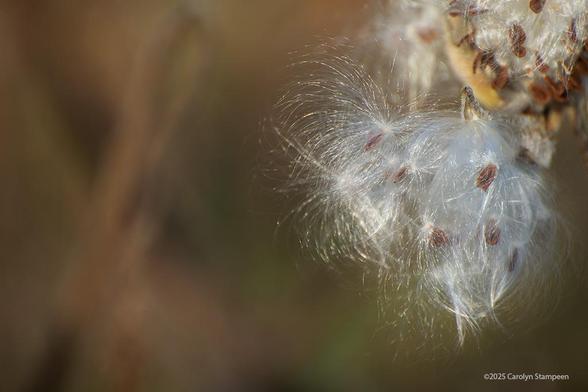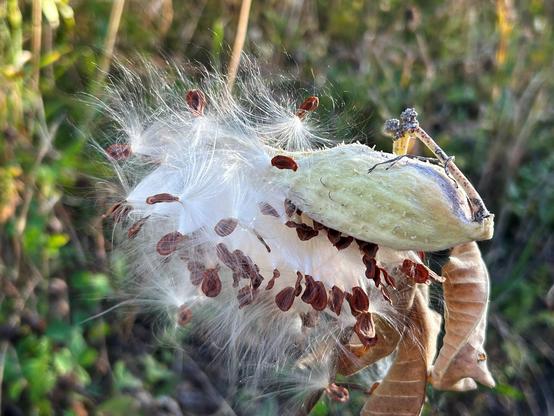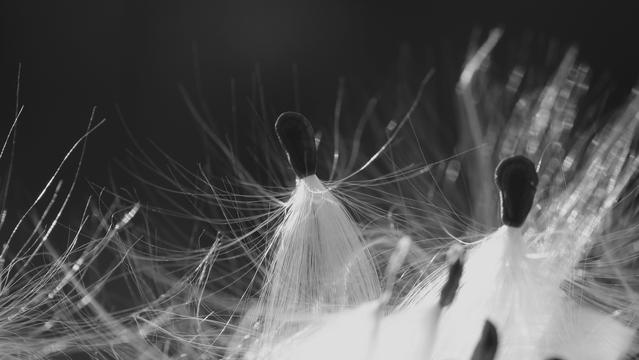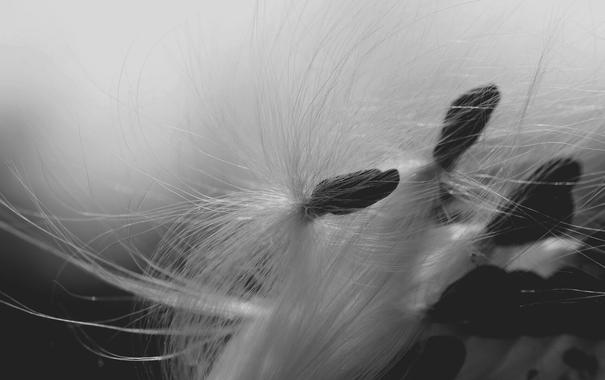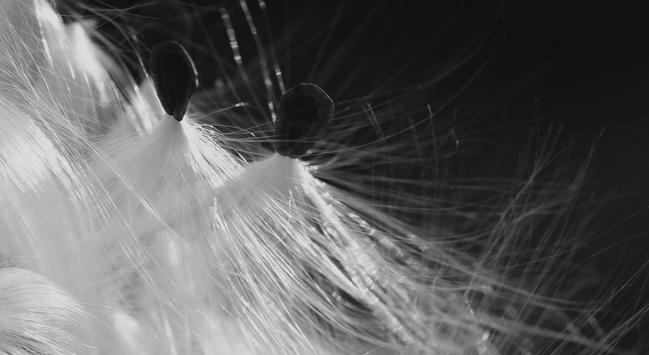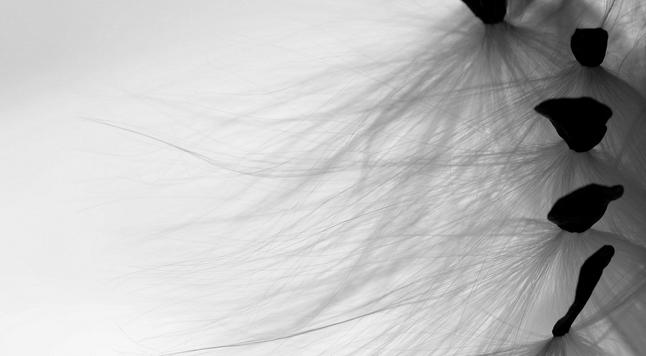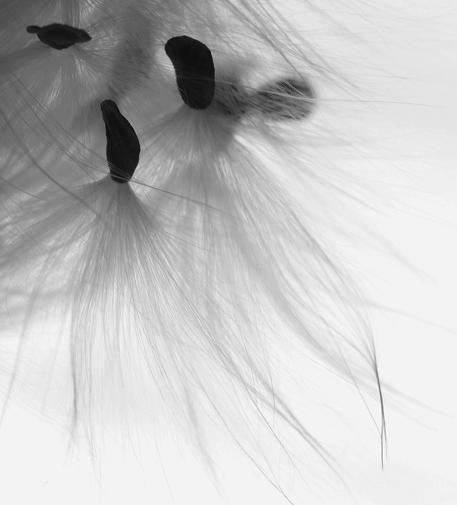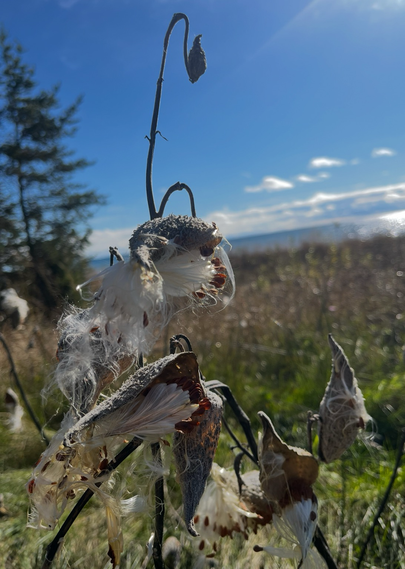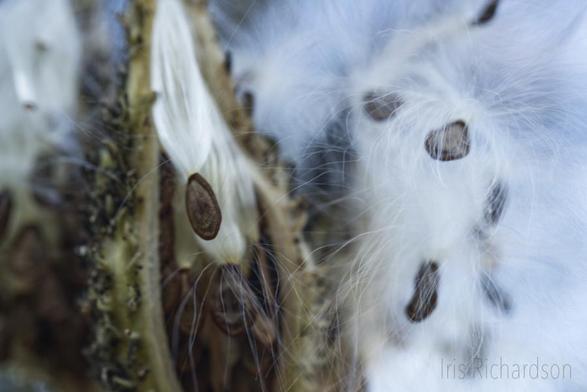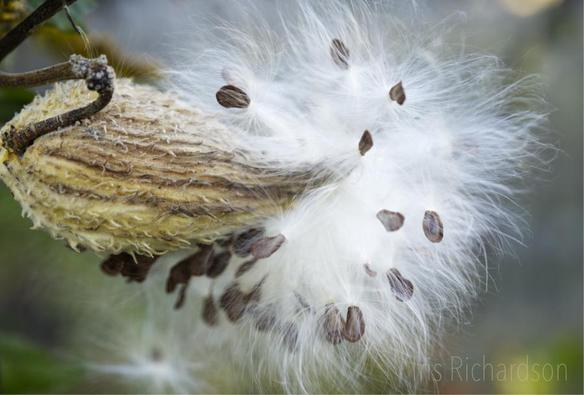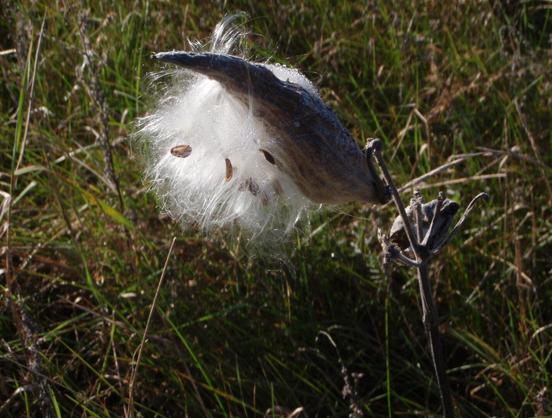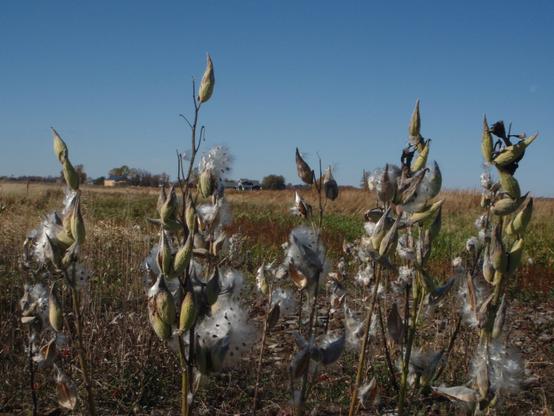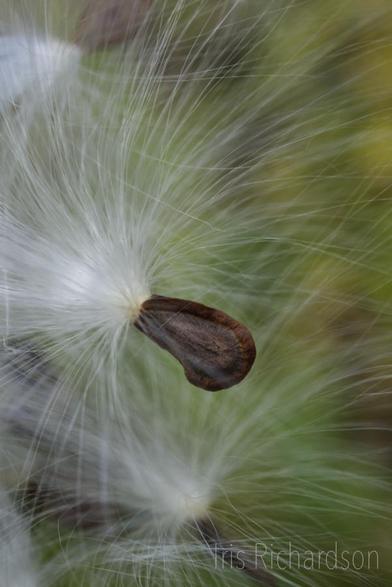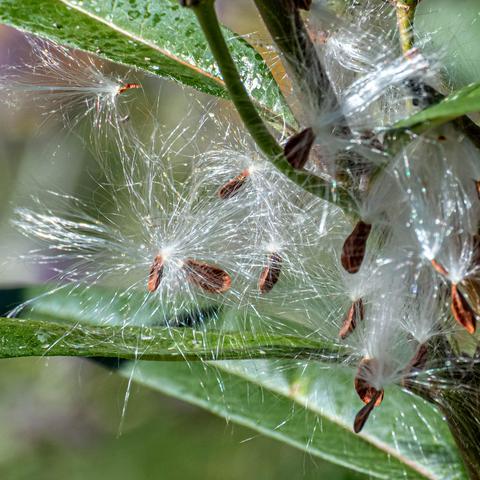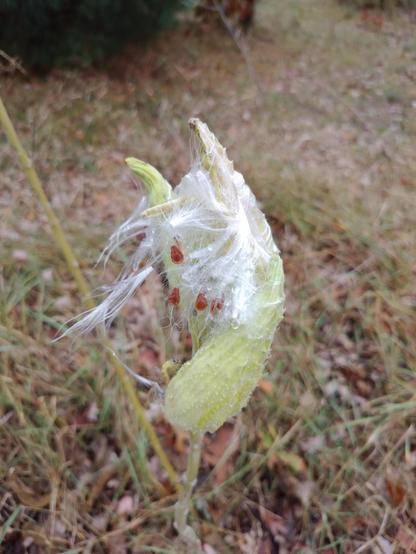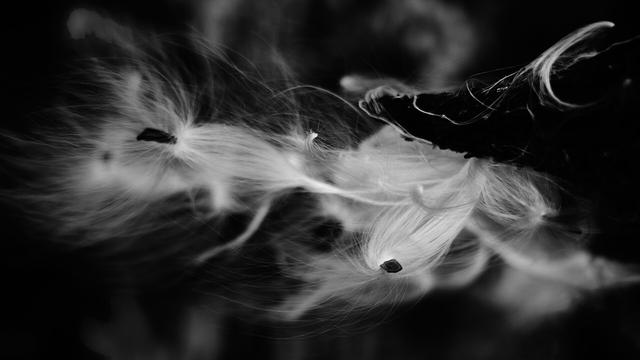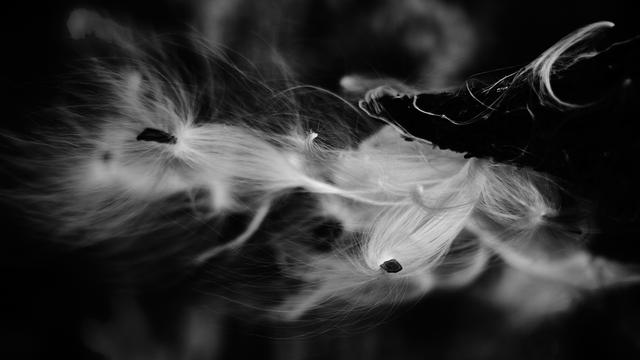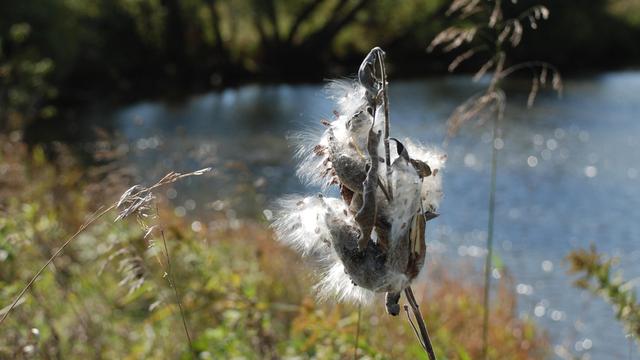#Milkweed
A perfect moment: milkweed pods opening, seed tufts glowing in the sunlight, and occasionally the breeze would lift one gently into the air to twirl and dance away.
I stopped to see if I could capture the moment in video.
Tonttu was not content to stop and wait for the wind to work its magic.
#macro #monochrome #blackandwhite #bloomscrolling #wildflowers #milkweed #photography
#macro #monochrome #blackandwhite #bloomscrolling #wildflowers #milkweed #photography
#macro #monochrome #blackandwhite #bloomscrolling #wildflowers #milkweed #photography
#macro #monochrome #blackandwhite #bloomscrolling #wildflowers #milkweed #texturetuesday #photography
#macro #monochrome #blackandwhite #bloomscrolling #wildflowers #milkweed #texturetuesday #photography
#macro #monochrome #blackandwhite #bloomscrolling #wildflowers #milkweed #texturetuesday #photography
Milkweed Seedpod Explosion
https://www.pictorem.com/2479462/milkweed-pod-explosion/
#wildflower #milkweed #macro #photography #IrisRichardsonArt #art #artist #smallbusiness #artshop #artstore #ayearforart #buyintoart #fallforart #gardening #nature #Life #wallart #artpring #homedecor #ArtistSunday
#supportthearts
The milkweed seeds are on the move
https://www.pictorem.com/2476636/milkweed-seed-with-parachute-iv/
#milkweed #butterflycandy #macro #photography #IrisRichardsonArt #art #artist #buyintoart #fallforart #ayearforart #artshop #artstore #smallbusiness #supportthearts #seed #wildflower #gardening #wallart
Kotolo Milkweed (Asclepias eriocarpa).
#peacetober #peacetober2025 #DigitalArt #Milk #Milkweed #KotoloMilkweed
#photography #monochrome #nature #impermanence #ThichNhatHanh #milkweed #nodearth
Milkweed seeds rest, a delicate promise in monochrome. In their release is no death, only a continuous return.
#photography #monochrome #nature #impermanence #ThichNhatHanh #milkweed #nodearth
